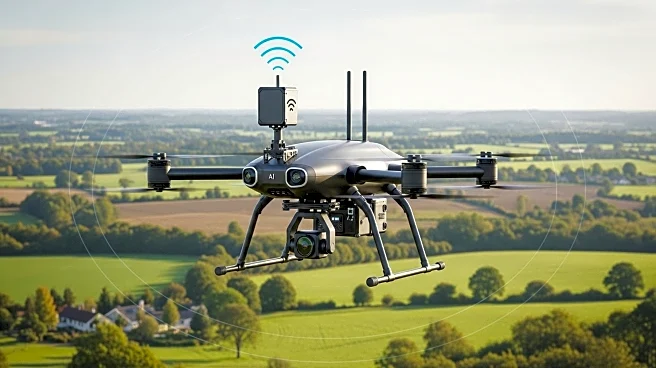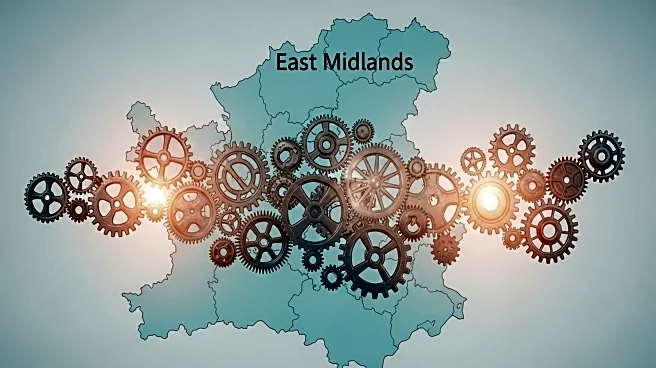What is the story about?
What's Happening?
Prysmian, a leading manufacturer in the telecommunications sector, is emphasizing the importance of high-quality fibre infrastructure to meet the UK's ambitious broadband targets. Currently, 86% of UK homes have access to gigabit-capable broadband, but the remaining 14%, primarily in rural areas, remain underserved. The goal is to connect 99% of premises by 2032. This requires extensive new fibre installations and upgrades to existing networks to handle increasing demand. The transition from copper to digital solutions like VOIP by 2027 will further strain broadband networks. Prysmian's Sirocco Extreme 864f microduct cable, which offers high fibre density, is designed to retrofit into existing ducts, enhancing network capacity without major civil works. Additionally, Prysmian is exploring hollow-core fibre technology, which promises faster data transmission and extended connectivity distances.
Why It's Important?
The development and deployment of high-quality fibre infrastructure are crucial for the UK's digital future, impacting economic growth and societal connectivity. As broadband demand increases, networks must be robust enough to handle higher bandwidths and future technological advancements. Inferior fibre could lead to costly network rebuilds, affecting service providers and investors. High-quality fibre ensures longevity and reliability, reducing long-term costs and enhancing network value. This is particularly significant as the UK broadband sector consolidates, with robust networks offering better investment returns. The advancements in fibre technology, such as hollow-core fibres, could revolutionize data transmission speeds and efficiency, positioning the UK as a leader in digital infrastructure.
What's Next?
Prysmian is set to showcase its fibre solutions at the Connected Britain 2025 event, highlighting its commitment to future-proofing the UK's broadband infrastructure. As the transition from copper to digital solutions progresses, service providers will need to adopt innovative installation techniques like overblowing to upgrade networks efficiently. The focus will be on ensuring that new and existing networks can support the anticipated growth in broadband usage and technological demands. Stakeholders, including ISPs and investors, will likely prioritize high-quality fibre installations to avoid future costs and maintain competitive advantage in the evolving broadband market.
Beyond the Headlines
The shift towards high-quality fibre infrastructure has broader implications for digital inclusivity and economic resilience. As rural and underserved areas gain access to reliable broadband, opportunities for remote work, education, and digital services expand, potentially reducing regional disparities. The emphasis on durable and efficient networks also aligns with sustainability goals, minimizing the environmental impact of frequent infrastructure replacements. Furthermore, the integration of advanced fibre technologies could spur innovation across various sectors, from smart cities to healthcare, enhancing the UK's global competitiveness in the digital economy.
AI Generated Content
Do you find this article useful?













